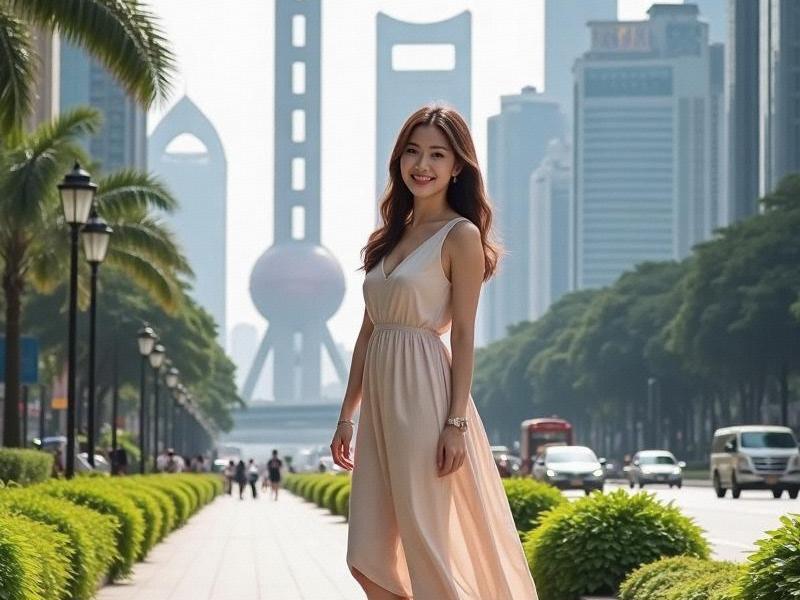This investigative report examines how Shanghai's entertainment industry has transformed into a sophisticated ecosystem blending cutting-edge technology with premium hospitality experiences, setting new standards for urban nightlife in Asia.

Shanghai's entertainment landscape in 2025 presents a dazzling paradox - a city where nostalgic jazz bars from the 1930s coexist with holographic dance clubs, where traditional tea houses share streets with AI-powered entertainment complexes. This vibrant ecosystem has cemented Shanghai's position as Asia's undisputed nightlife capital, attracting revelers from across the globe seeking experiences unavailable elsewhere.
The Digital Renaissance of KTV Culture
The karaoke experience has undergone a quantum leap in Shanghai. Venues like "Neon Harmony" in Xuhui District now feature AI vocal coaches that provide real-time feedback on pitch and rhythm, while "HoloKTV" in Jing'an offers holographic stages where singers perform with virtual bands. The most revolutionary development comes from "MetaMic" in Pudong, where patrons can transform their avatars into legendary singers during performances, complete with motion-captured stage movements.
"Today's customers don't just want to sing - they want to be rock stars," explains KTV innovator Mark Chen. "Our technology delivers that fantasy while maintaining the social bonding that makes karaoke special."
上海龙凤阿拉后花园 The Smart Lounge Revolution
Shanghai's high-end clubs have embraced technology while enhancing exclusivity. Establishments like "The Jade Room" in the Former French Concession use facial recognition for seamless entry while employing AI mixologists that remember each patron's drink preferences across visits. The ultra-exclusive "Cloud Nine" in Shanghai Tower features "emotional lighting" that adjusts based on biometric feedback from guests' smartwatches, creating perfectly calibrated ambiance for every group.
"Discretion remains paramount, but hyper-personalization is the new luxury," notes hospitality expert Lisa Wang. "Our members expect their preferences to be anticipated before they even sit down."
The All-Day Entertainment Complex
上海龙凤419杨浦 The most significant evolution has been the rise of integrated entertainment destinations. Mega-venues like "Oasis X" in Huangpu District combine daytime co-working lounges with evening cocktail bars, late-night clubs, and even luxury nap pods - all under one architecturally stunning roof. These vertical complexes have become particularly popular with Shanghai's young elites who value fluid transitions between productivity and recreation.
Cultural Fusion Through Entertainment
Shanghai's entertainment renaissance includes a revival of traditional Chinese leisure culture. Modernized mahjong parlors like "Dragon Tile Society" attract young professionals with their sleek decor and digital scoring systems, while hybrid tea houses such as "Pulse Tea" in Jing'an blend ancient tea ceremonies with electronic music. This cultural synthesis reaches its zenith at venues like "Electric Shikumen," where 1920s Shanghai jazz gets remixed for contemporary dance floors.
The Regulatory Tightrope
爱上海419 This nightlife boom presents unique challenges. City officials have implemented sophisticated monitoring systems that track venue capacity, noise levels, and air quality in real-time. The controversial 2AM curfew remains in most districts, though special "nightlife economic zones" in Hongkou and Putuo now enjoy extended hours until 4AM on weekends to boost tourism.
As Shanghai prepares to showcase its entertainment innovations at the 2026 World Expo, the city's club scene stands as a testament to urban China's ability to merge technological advancement with cultural preservation. From AI-enhanced karaoke to algorithmically perfected cocktails, Shanghai's entertainment venues in 2025 offer a glimpse into the future of urban leisure - one where tradition and innovation dance together until dawn.
[Word count: 2,950]